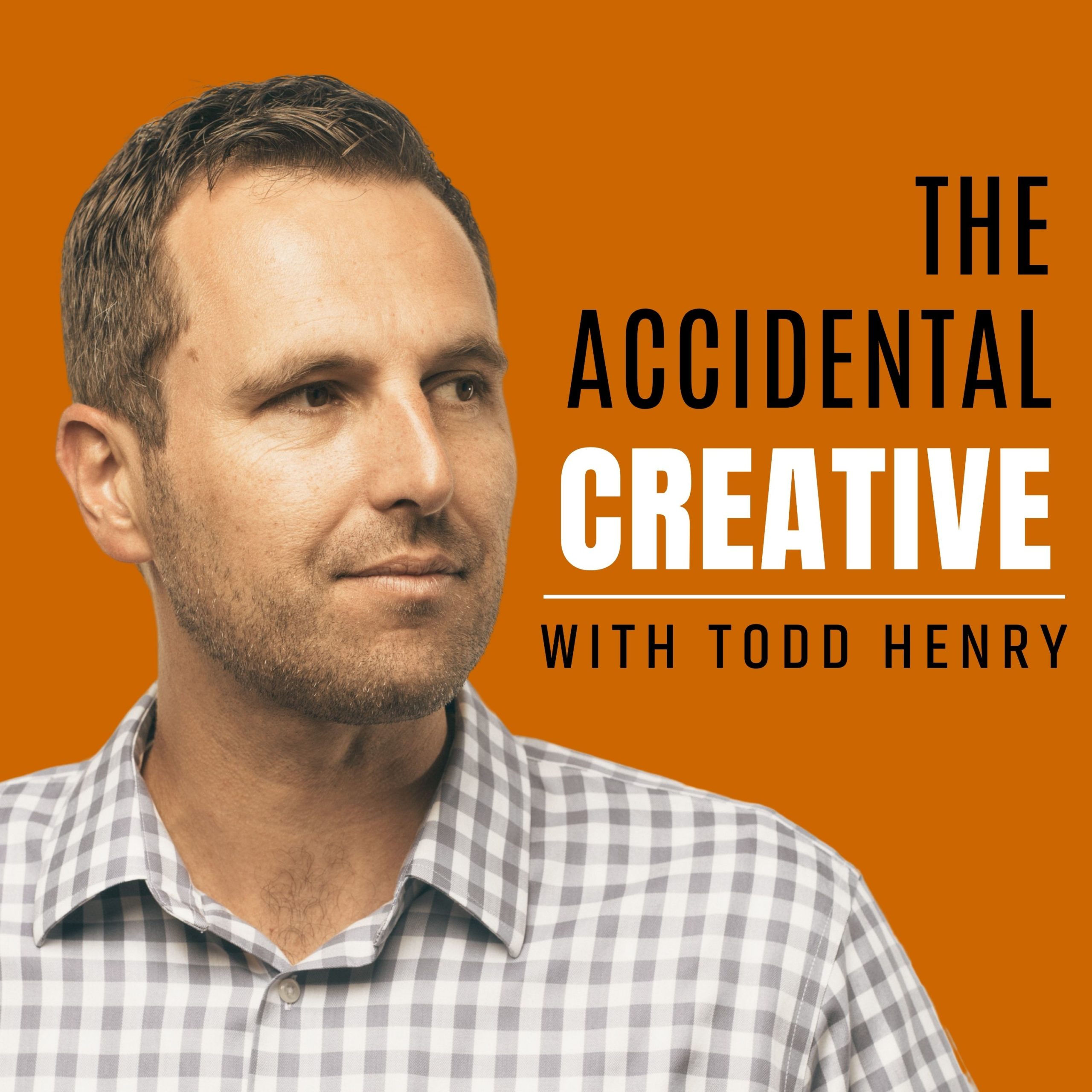Organizational creating is difficult. We live in a create-on-demand world, and the expectation is that we will be able to produce consistently brilliant work, essentially on-demand, over long stretches of time and with little reprieve.
While this is certainly not a reasonable expectation, it’s a natural result of attempting to systemize the creative process, which is inherently conceptual in nature, by establishing highly concrete expectations and processes. Many organizations treat creating just like assembly line work, or as if it’s simply a matter of assembling the right pieces in the right order to turn out the final product. It’s the only way the organization can deal with the inherent complexity of managing conceptual work.
Adding to this complexity is the organizational infatuation with rapid problem solving. It can be very uncomfortable for us when there are open loops, or problems inhibiting productivity. We grow so uncomfortable, in fact, that we often will do nearly anything to resolve the dissonance these problems introduce, which usually means inventing some new system or developing a process to deal with them. But not all problems are equal. Some problems are temporary in nature, and we’re ultimately left with the permanent systems even after the problem is long gone.
But not all problems are equal. Some problems are temporary in nature. Unfortunately, we are often incapable of discerning a temporary problem from a permanent one in the moment, and the result is that we create a system or a process that ultimately inhibits our future creating.
The more structures we have to navigate in order to do our work, the more difficult it is to do our best work. When we are required to resolve the dissonance of complex systems, reporting relationships and accountability structures just in order to get our objectives and check off our direction we will begin to lose our drive to do brilliant work. Over time, this complexity only pulls entire organizations toward systematic mediocrity.
We also do this in our personal creating. Have you ever found something that worked for you once, so you started to incorporate it into all of your future work? Have you ever set up a recurring one-on-one meeting with someone to resolve a specific work issue, and then it stayed on your calendar long after that issue had been resolved? These examples follow the same “permanent solution to temporary problem” mindset that we must be careful to avoid.
Each time we add a system or process to our creating it increases the amount of energy required just to get to the actual work. These sub-problems that must be solved significantly zap our ability to engage effectively, especially in a create-on-demand role.
Do you see this playing out in your life and creating? Where is your organization developing permanent solutions to temporary problems? Where are you doing it?
Photo credit: Tiger Pixel




0 Comments
Trackbacks/Pingbacks